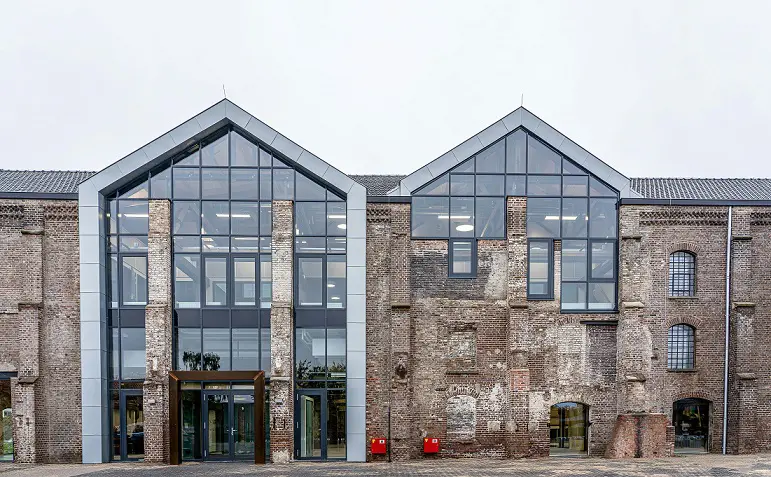
Adaptive Reuse: Unlocking Value in Underutilized Real Estate
The commercial real estate landscape continues to evolve in response to shifting demand patterns, relatively high interest rates, and changing urban dynamics. One aspect of the evolution is increased investor interest in adaptive reuse projects. These projects can offer a blend of risk mitigation, value creation, and sustainability that differs from their more traditional acquisition and development counterparts. Several industry-specific and macroeconomic forces are making adaptive reuse a more attractive investment strategy today.
Office property values are currently in flux, with remote and hybrid work models shifting tenant preferences to newer and higher quality buildings with a better amenity set. This has left many Class B and C buildings in urban cores with non-viable levels of occupancy but otherwise ‘good bones.’ Converting these office properties into residential and mixed-use projects can be an efficient way to increase housing stock where it is needed and wanted by the market.
While the general retail sector is performing well today, some legacy product is seeing challenges from a continued consumer shift to e-commerce. At particular risk are outdated suburban malls and some regional big-box power centers. However, these properties tend to be well-located, large-format spaces that lend themselves well to other uses. Repurposing these spaces for logistics use as last-mile distribution centers or self-storage facilities fits well with their physical plant. Moreover, not having to construct the core structures can be of significant benefit to investors.
In addition, several governmental, regulatory, and sustainability pushes are generally supportive of adaptive reuse projects. Many state and local governments are fast-tracking zoning changes and providing economic incentives through tax credits or subsidized loans for projects aimed at urban revitalization or that provide additional affordable housing. Further, carbon reduction considerations may increase the demand for conversion projects. Reuse of an outdated property can lead to significantly reduced waste and energy consumption when compared to demolition and new construction.
Though adaptive reuse projects can yield significant benefits, there are still many challenges and risks to these strategies. While many cities are more open to conversions now, navigating the municipal requirements can still be a slow and expensive process. Additionally, not every building is a good candidate for a converted use. The right structural integrity, mechanical systems, and floor-plate layouts are key. Finally, financing such a project can be difficult as traditional lenders can be hesitant to provide capital for a conversion project. However, there is a growing set of solutions, such as bridge financing or historic tax credits, which can help bridge the financing gap.
Despite the challenges and risks, adaptive reuse is an area of commercial real estate investing that has performed well in the past and looks primed for a resurgence today. Market factors are weighing on valuations for assets that are well positioned for use under another strategy. Identifying these assets, navigating the conversion process, and structuring the capital stack with flexibility could help investors unlock value in this dynamic landscape.
Carey S. Blakley, CFA
